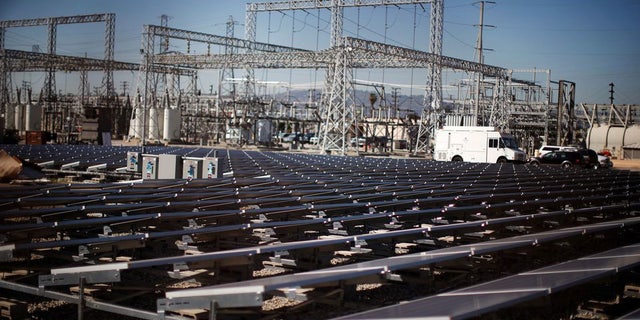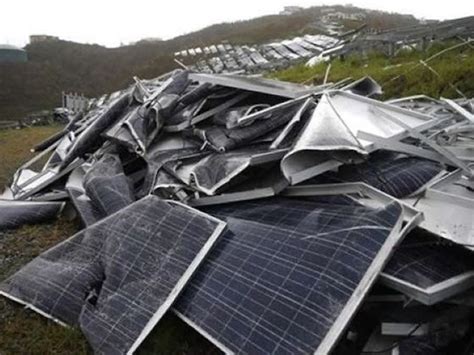The Los Angeles Times published a report Thursday detailing the “environmental danger” of expired solar panels on the environment.
“California has been a pioneer in pushing for rooftop solar power, building up the largest solar market in the U.S.,” the article began. “More than 20 years and 1.3 million rooftops later, the bill is coming due.”
The Times’ Rachel Kisela reported that many solar panels that were purchased beginning in 2006, when the California government “showered subsidies on homeowners” to inspire a transition away from fossil fuels, are now reaching the end of their lifespan.
“Beginning in 2006, the state, focused on how to incentivize people to take up solar power, showered subsidies on homeowners who installed photovoltaic panels but had no comprehensive plan to dispose of them. Now, panels purchased under those programs are nearing the end of their 25-year lifecycle,” Kisela reported.

The problem is, when solar panels end up in landfills, “components that contain toxic heavy metals such as selenium and cadmium can contaminate groundwater.”
This is an example of how environmental policies can have unintended consequences. “The looming challenge over how to handle truckloads of contaminated waste illustrates how cutting-edge environmental policy can create unforeseen hazards down the road,” she said.
The Times reported that “as California barreled ahead on its renewable-energy program, focusing on rebates and — more recently — a proposed solar tax, questions about how to handle the toxic waste that would accrue years later were never fully addressed.”
“Now, both regulators and panel manufacturers are realizing that they don’t have the capacity to handle what comes next,” she continued.
Toxic waste from solar panels is not just a Californian problem, but a problem nationwide. “About 140,000 panels are installed every day in the United States, and the solar industry is expected to quadruple in size between 2020 and 2030,” Kisela said.
But there are difficulties surrounding disposal of solar panels: “Recycling solar panels isn’t a simple process. Highly specialized equipment and workers are needed to separate the aluminum frame and junction box from the panel without shattering it into glass shards.”
“Specialized furnaces are used to heat panels to recover silicon. In most states, panels are classified as hazardous materials, which require expensive restrictions on packaging, transport and storage,” she continued.
“A lack of consumer awareness about the toxicity of materials in the panels and how to dispose of them is part of the problem,” Kisela wrote.

President Biden has enacted policies that have hampered U.S. energy and contributed to high gas prices.


Where are the environmental organizations protesting these sites? What about the wind turbines and car batteries. The strip mining alone will devastate vast swaths of land just for lithium for your batteries. Think of the animals and insects and plants that will go extinct! Oh but wait this is their idea to go green so never mind.